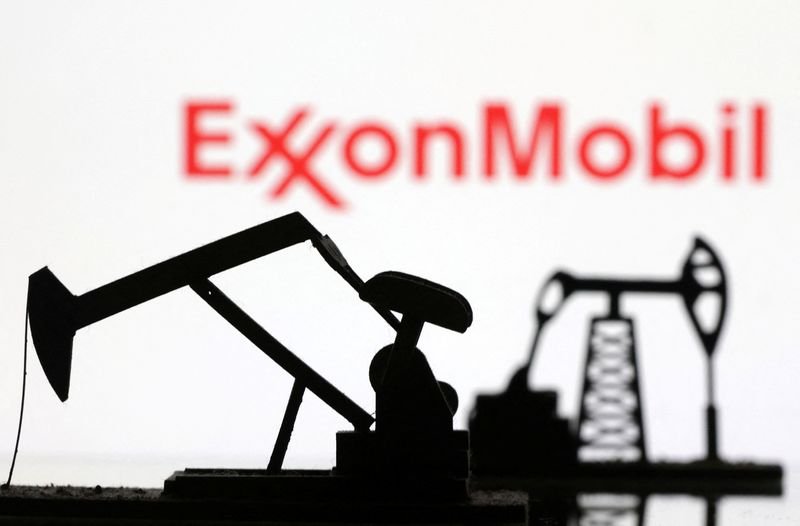In a surprise move, Procter & Gamble (P&G) has cut its annual profit forecast and announced a writedown of its Gillette business. The company cited slowing price hikes and a challenging market as the reasons for the reduction. Which it acquired in 2005 for $57 billion. The move is seen as a strategic decision to adjust the value of the business and reflect the current market conditions.
The writedown is expected to be in the range of $5 billion to $6 billion, and will be recorded in the company’s fiscal fourth quarter. The decision to write down the value of Gillette is a significant one, as it represents one of P&G’s largest acquisitions and a major part of its portfolio.
The writedown is primarily due to the decline in sales of Gillette’s razor and blade products, as well as increased competition from online retailers and niche brands. The company has also been facing challenges in the men’s grooming category, as consumers increasingly turn to alternative products such as electric shavers and grooming devices.
Despite the writedown, P&G remains committed to its grooming business and plans to continue investing in the category. The company has been focusing on innovation and digital transformation to drive growth and improve profitability.
The writedown of Gillette is a significant move for P&G, but it is not the only challenge the company faces. The company has been grappling with a decline in sales in many of its product categories, and has been under pressure to improve its performance.
In a statement, P&G CEO David Taylor said, “We are taking a hard look at our portfolio and making tough decisions to ensure we are investing in the right places for long-term growth. The writedown of Gillette is a necessary step to reflect the current market conditions and our commitment to driving value for our shareholders.”
The writedown of Gillette is a strategic move by P&G to adjust the value of the business and reflect the current market conditions. While the decision is significant, it is not the only challenge the company faces, and P&G will need to continue to innovate and adapt to remain competitive in the long term.
Stock Spotlight: Procter & Gamble (PG)
Procter & Gamble (PG) is a multinational consumer goods corporation that has been in operation for over 180 years. The company has a diverse portfolio of well-known brands, including Tide, Pampers, Gillette, and Oral-B. PG has a strong history of delivering consistent earnings growth and has increased its dividend for 64 consecutive years, making it a popular choice for income investors.
Recent Developments:
* PG has been investing heavily in e-commerce and digital marketing to drive growth and reach new customers.
* The company has also been expanding its product offerings in the health and wellness space, with a focus on sustainability and environmental responsibility.
* In August 2022, PG announced a strategic partnership with Microsoft to enhance its digital capabilities and improve supply chain efficiency.
Financials:
* Revenue: $66.8 billion (2022)
* Net Income: $11.9 billion (2022)
* Dividend Yield: 2.4% (as of August 2022)
* Return on Equity (ROE): 24.3% (2022)
Valuation:
* PG is currently trading at a forward price-to-earnings (P/E) ratio of 22.6x, which is slightly above its 5-year average of 21.5x.
* The stock has a price-to-book (P/B) ratio of 4.2x, which is slightly below its 5-year average of 4.5x.
Outlook:
* PG has a strong track record of delivering consistent earnings growth and has a diverse portfolio of brands that are well-positioned in their respective markets.
* The company’s investments in e-commerce and digital marketing are expected to drive growth in the coming years.
* However, the stock’s valuation is slightly above its historical averages, which may limit upside potential in the short term.
Risks:
* PG operates in a highly competitive industry, and increased competition from private label brands and other companies could negatively impact its market share and pricing power.
* The company’s reliance on a few key brands, such as Tide and Pampers, makes it vulnerable to any negative developments affecting these brands.
* Global economic uncertainty and changes in consumer preferences could also impact PG’s sales and profit





